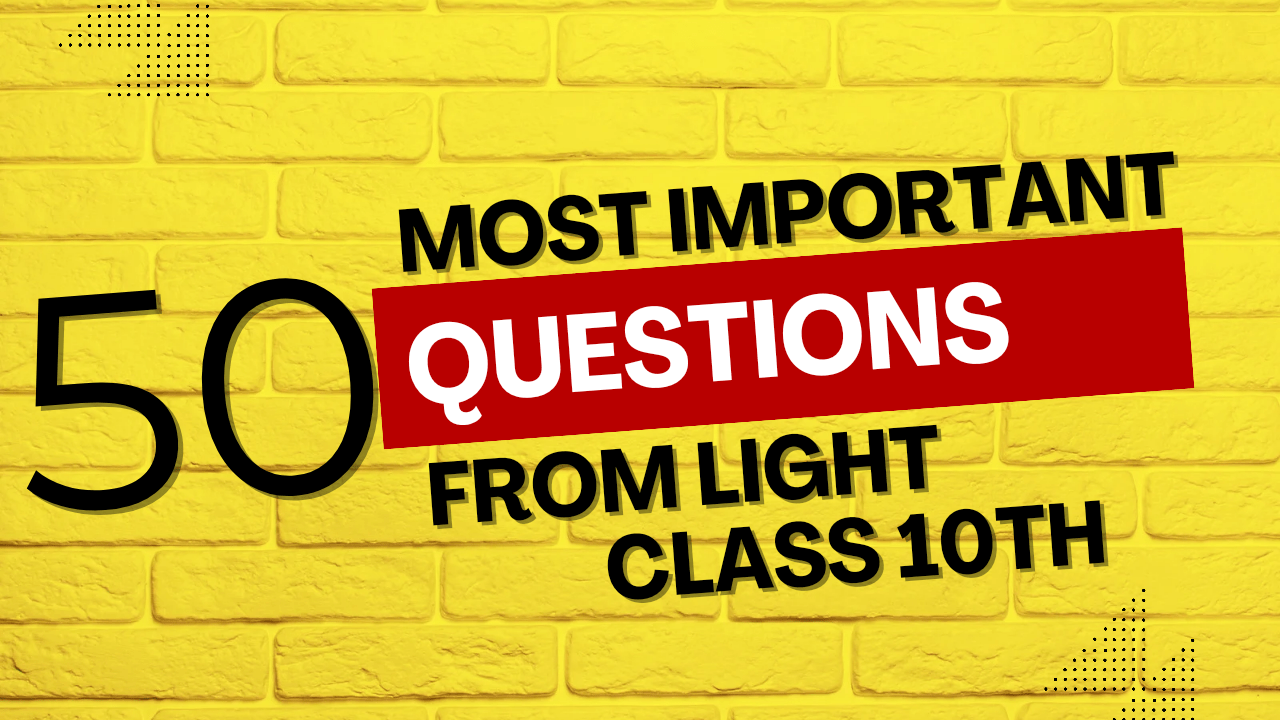Spherical Lenses: Types, Uses, and FAQs
Spherical lenses are optical devices made from transparent materials that refract light to form images. These lenses are part of our daily lives in objects like glasses, cameras, microscopes, and more. Let’s explore the types, uses, and some frequently asked questions about spherical lenses.
What are Spherical Lenses?
Spherical lenses have surfaces that are part of a sphere, and they are of two main types: convex and concave lenses. They are used to converge or diverge light rays, helping to focus light and create images.
Types of Spherical Lenses
Spherical lenses are broadly classified into two types:
1. Convex Lens (Converging Lens)
A convex lens is thicker in the middle and thinner at the edges. It converges light rays that pass through it. The key points about convex lenses are:
- They bring parallel light rays to a point, called the focal point.
- They are used in magnifying glasses, cameras, and corrective lenses for farsightedness.
Where:
- f = Focal length
- n = Refractive index
- R1 and R2 = Radii of curvature of the lens surfaces
2. Concave Lens (Diverging Lens)
A concave lens is thinner in the middle and thicker at the edges. It diverges light rays that pass through it. The key points about concave lenses are:
- They spread out parallel light rays as if they are diverging from a point.
- They are used in peepholes, laser systems, and corrective lenses for nearsightedness.
Uses of Spherical Lenses
Spherical lenses are widely used in various applications, including:
- Magnifying Glass: Convex lenses are used to magnify objects.
- Corrective Lenses: Both convex and concave lenses are used to correct vision defects like myopia and hyperopia.
- Camera Lenses: Convex lenses are used in cameras to focus light and capture sharp images.
- Microscopes and Telescopes: Convex lenses are used in microscopes and telescopes to magnify distant or small objects.
- Peepholes: Concave lenses are used in peepholes to provide a wider field of view.
Frequently Asked Questions (FAQs)
1. What is the main difference between a convex and a concave lens?
A convex lens converges light rays, while a concave lens diverges light rays.
2. How does a convex lens work?
A convex lens bends light rays towards each other to a point called the focal point, forming real or virtual images.
3. How does a concave lens work?
A concave lens spreads out light rays, making them diverge as if they are coming from a point behind the lens.
4. What is the focal length of a lens?
The focal length of a lens is the distance from the center of the lens to the focal point where light rays converge (convex) or appear to diverge (concave).
5. What are some uses of convex lenses?
Convex lenses are used in magnifying glasses, cameras, microscopes, and corrective lenses for farsightedness.
6. What are some uses of concave lenses?
Concave lenses are used in peepholes, laser systems, and corrective lenses for nearsightedness.
7. How do spherical lenses affect vision?
Spherical lenses are used in eyeglasses to correct vision problems such as myopia (nearsightedness) and hyperopia (farsightedness).
8. What is the power of a lens?
The power of a lens is the measure of its ability to converge or diverge light, and it is the reciprocal of its focal length (P = 1/f). The unit of power is diopters.
9. What type of image is formed by a convex lens?
A convex lens can form real and inverted images when the object is outside the focal point, and virtual, upright images when the object is within the focal point.
10. What type of image is formed by a concave lens?
A concave lens always forms virtual, upright, and smaller images.
11. How can we calculate the focal length of a spherical lens?
The focal length of a lens can be calculated using the lens formula: 1/f = 1/v – 1/u, where v is the image distance, u is the object distance, and f is the focal length.
12. What is the refractive index of a lens?
The refractive index of a lens is a measure of how much it bends light. It depends on the material of the lens and determines the degree of refraction.
13. What is the thin lens formula?
The thin lens formula is: 1/f = (n – 1) [ (1/R1) – (1/R2) ], where R1 and R2 are the radii of curvature of the lens surfaces, and n is the refractive index.
14. How do eyeglasses correct vision using spherical lenses?
Eyeglasses use convex or concave lenses to correct vision by bending light in such a way that it properly focuses on the retina.
15. What are real and virtual images in lenses?
A real image is formed when light rays actually converge, while a virtual image is formed when light rays appear to diverge from a point.
16. What is spherical aberration in lenses?
Spherical aberration occurs when light rays passing through the edges of a lens are focused at a different point than those passing through the center, causing image blur.
17. How does a magnifying glass work?
A magnifying glass is a convex lens that enlarges objects by focusing light to create a magnified virtual image.
18. Can concave lenses be used to correct farsightedness?
No, concave lenses are used to correct nearsightedness. Convex lenses are used to correct farsightedness.
19. How do telescopes use spherical lenses?
Telescopes use convex lenses to focus light from distant objects and magnify them, allowing us to see faraway objects more clearly.
20. Can spherical lenses be combined for different effects?
Yes, spherical lenses can be combined to correct aberrations and achieve specific optical effects, such as in compound microscopes and camera systems.


